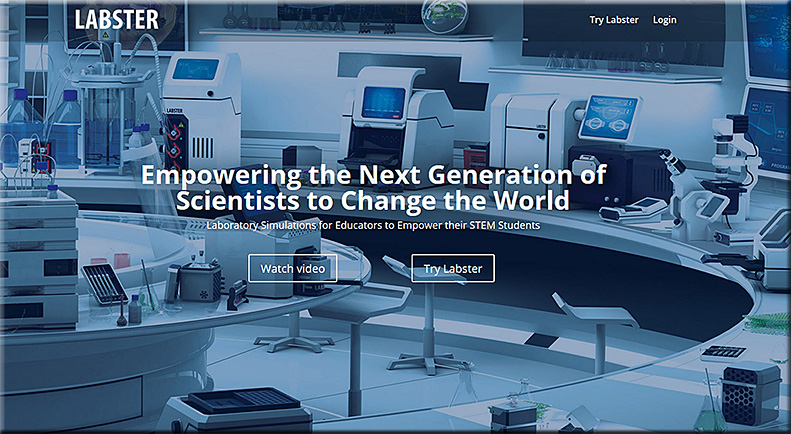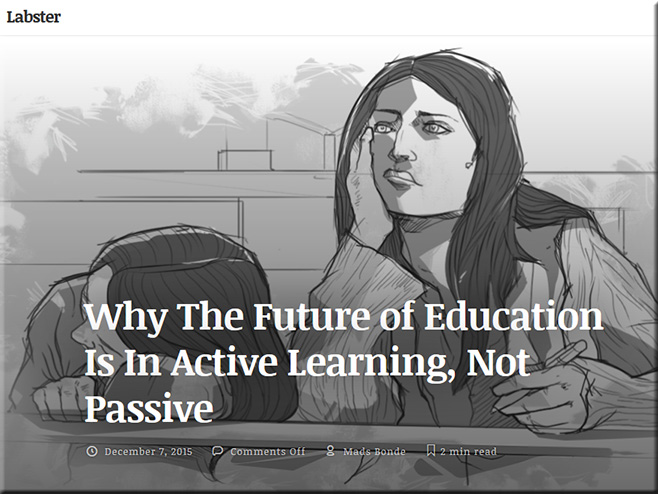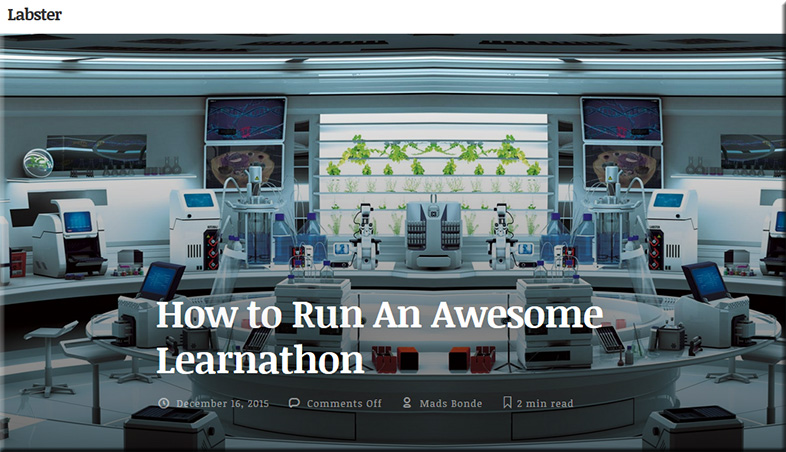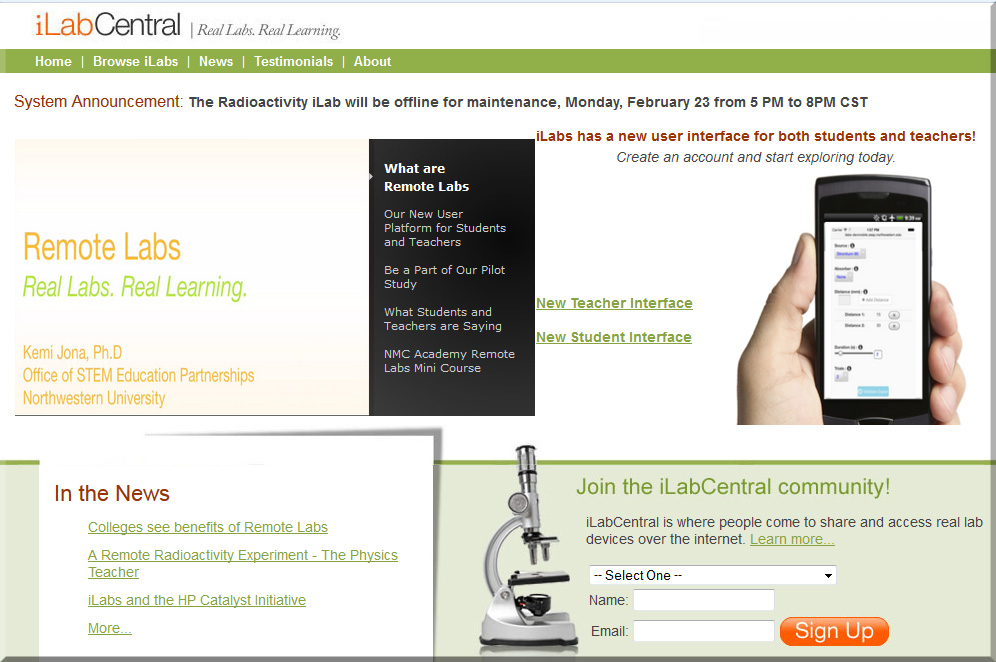We can do nothing to change the past, but we have enormous power to shape the future. Once we grasp that essential insight, we recognize our responsibility and capability for building our dreams of tomorrow and avoiding our nightmares.
–Edward Cornish
From DSC:
This posting represents Part IV in a series of such postings that illustrate how quickly things are moving (Part I, Part II, Part III) and to ask:
- How do we collectively start talking about the future that we want?
- Then, how do we go about creating our dreams, not our nightmares?
- Most certainly, governments will be involved….but who else should be involved?
The biggest mystery in AI right now is the ethics board that Google set up after buying DeepMind — from businessinsider.com by Sam Shead
Excerpt (emphasis DSC):
Google’s artificial intelligence (AI) ethics board, established when Google acquired London AI startup DeepMind in 2014, remains one of the biggest mysteries in tech, with both Google and DeepMind refusing to reveal who sits on it.
Google set up the board at DeepMind’s request after the cofounders of the £400 million research-intensive AI lab said they would only agree to the acquisition if Google promised to look into the ethics of the technology it was buying into.
…
A number of AI experts told Business Insider that it’s important to have an open debate about the ethics of AI given the potential impact it’s going to have on all of our lives.
Algorithms may save us from information overload, but are they the curators we want? — from newstatesman.com by Barbara Speed
Instagram is joining the legions of social networks which use algorithms to dictate what we see, and when we see it.
Excerpt:
We’ve entered the age of the algorithm.
In a way, it was inevitable: thanks to the rise of smartphones and social media, we’re surrounded by vast, unfiltered streams of information, dripped to us via “feeds” on sites like Facebook and Twitter. As a result, we needed something to tame all that information, because an unfiltered stream is about as useful as no information at all. So we turned to a type of algorithm which could help separate the signal from the noise: basically, a set of steps which would calculate which information should be prioritised, and which should be hidden.
…
It’s impossible to say that algorithms are “good” or “bad”, just as humanity isn’t overridingly either. Algorithms are designed by humans, and therefore carry forward whatever prejudice or bias they’re programmed to perform.
Internet of Things to be used as spy tool by governments: US intel chief — from arstechnica.com by David Kravets
Clapper says spy agencies “might” use IoT for surveillance, location tracking.
Excerpt:
James Clapper, the US director of national intelligence, told lawmakers Tuesday that governments across the globe are likely to employ the Internet of Things as a spy tool, which will add to global instability already being caused by infectious disease, hunger, climate change, and artificial intelligence.
Clapper addressed two different committees on Tuesday—the Senate Armed Services Committee and the Senate Select Committee on Intelligence Committee—and for the first time suggested that the Internet of Things could be weaponized by governments. He did not name any countries or agencies in regard to the IoT, but a recent Harvard study suggested US authorities could harvest the IoT for spying purposes.
“GoPro” Anthropology — paying THEM to learn from US? — from Jason Ohler’s Big Ideas Series
Excerpt (emphasis DSC):
What’s the big idea?
Consumer research and individual learning assessment techniques will merge, using wearable technology that observes and records life from the wearer’s point of view. The recording technology will be invisible to the consumer and student, as well as to the public. Video feeds will be beamed to analysts, real time. Recordings will be analyzed and extrapolated by powerful big data driven analytics. For both consumers and students, research will be conducted for the same purpose: to provide highly individualized approaches to learning and sales. Mass customized learning and consumerism will take a huge step forward. So will being embedded in the surveillance culture.
Why would we submit to this? Because we are paid to? Perhaps. But we may well pay them to watch us, to tell us about ourselves, to help us and our children learn better and faster in a high stakes testing culture, and to help us make smarter choices as consumers. Call it “keeping up with data-enhanced neighbors.” Numerous issues of privacy and security will be weighed against personal opportunity, as learners, consumers and citizens.
10 promising technologies assisting the future of medicine and healthcare — by Bertalan Meskó, MD, PhD
Excerpt (emphasis DSC):
Technology will not solve the problems that healthcare faces globally today. And the human touch alone is not enough any more, therefore a new balance is needed between using disruptive innovations but still keeping the human interaction between patients and caregivers. Here are 10 technologies and trends that could enable this.
…
I see enormous technological changes heading our way. If they hit us unprepared, which we are now, they will wash away the medical system we know and leave it a purely technology–based service without personal interaction. Such a complicated system should not be washed away. Rather, it should be consciously and purposefully redesigned piece by piece. If we are unprepared for the future, then we lose this opportunity. I think we are still in time and it is still possible.
The advances of technology do not have to mean the end of the human touch. Instead, the beginning of a new era when both are crucial.
Inside the Artificial Intelligence Revolution: A Special Report, Pt. 1 — from rollingstone.com by Jeff Goodell
We may be on the verge of creating a new life form, one that could mark not only an evolutionary breakthrough, but a potential threat to our survival as a species
Inside the Artificial Intelligence Revolution: A Special Report, Pt. 2 — from rollingstone.com by Jeff Goodell
Self-driving cars, war outsourced to robots, surgery by autonomous machines – this is only the beginning
Laser weapons ready for use today, Lockheed executives say — from defensenews.com by Aaron Mehta
The time has finally come where those weapons are capable of being fielded, according to a trio of Lockheed Martin executives who work on the development of the company’s laser arsenal.
Delivery Robot – Fresh Pizza With DRU From Domino. — from wtvox.com
From DSC:
How many jobs will be displaced here? How many college students — amongst many others — are going to be impacted here, as they try to make their way through (paying for) college? But don’t assume that it’s just lower level jobs that will be done away with…for example, see the next entry re: the legal profession.
New Report Predicts Over 100,000 Legal Jobs Will Be Lost To Automation — from futurism.com by
An extensive new analysis by Deloitte estimates that over 100,000 jobs will be lost to technological automation within the next two decades. Increasing technological advances have helped replace menial roles in the office and do repetitive tasks.
Excerpt:
A new analysis from Deloitte Insight states that within the next two decades, an estimated 114,000 jobs in the legal sector will have a high chance of having been replaced with automated machines and algorithms. The report predicts “profound reforms” across the legal profession with the 114,000 jobs representing over 39% of jobs in the legal sector.
These radical changes are spurred by the rapid pace of technological progress and the need to offer clients more value for their money. Automation and the increasing rise of millennials in the legal workplace also alter the nature of talent needed by law firms in the future.
Raffaello D’Andrea: Meet the dazzling flying machines of the future — from ted.com
Description:
When you hear the word “drone,” you probably think of something either very useful or very scary. But could they have aesthetic value? Autonomous systems expert Raffaello D’Andrea develops flying machines, and his latest projects are pushing the boundaries of autonomous flight — from a flying wing that can hover and recover from disturbance to an eight-propeller craft that’s ambivalent to orientation … to a swarm of tiny coordinated micro-quadcopters.
Addendum on 4/4/16:
The Scarlett Johansson Bot is the robotic future of objectifying women — from wired.com by April Glaser (From DSC: I’m not advocating this objectification of woman *at all*; rather I post this addendum here because this is the kind of thing that we need to be aware of and talking about, or the future won’t be a dream…it will be a nightmare)
Excerpt:
The question, however, is one of precedent. If a man can’t earn the attention of the woman he longs for, is it plausible for that man to build a robot that looks exactly like his love interest instead? Is there any legal recourse to prevent someone from building a ScarJo bot, or Beyonce bot, or a bot of you? Sure, people make doll and wax replicas of famous people all the time. But the difference here is that Mark 1 moves, smiles, and winks.










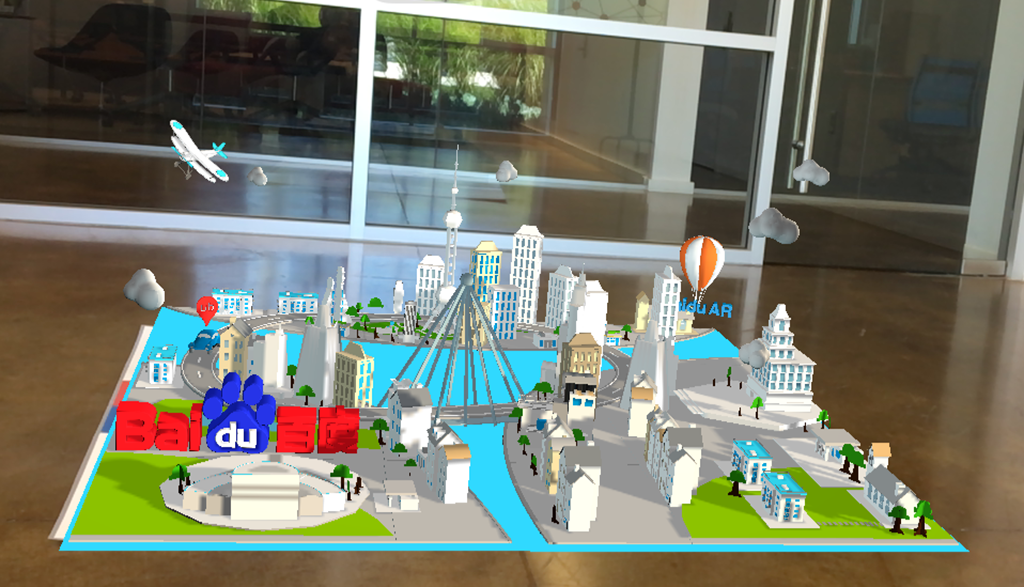
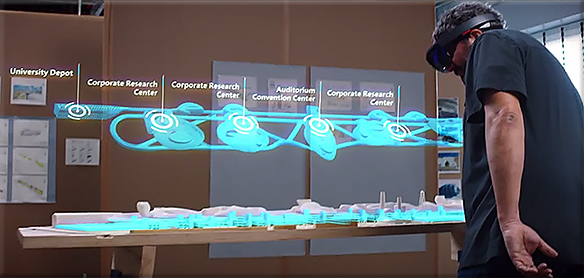
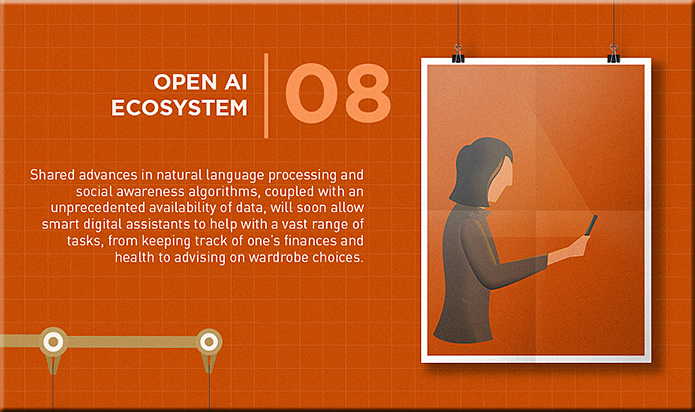



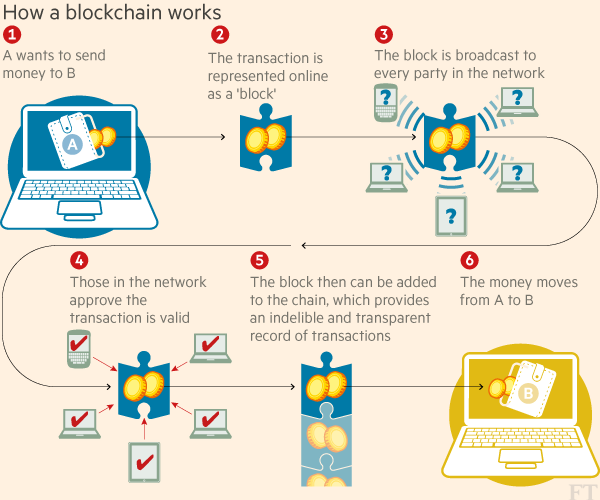
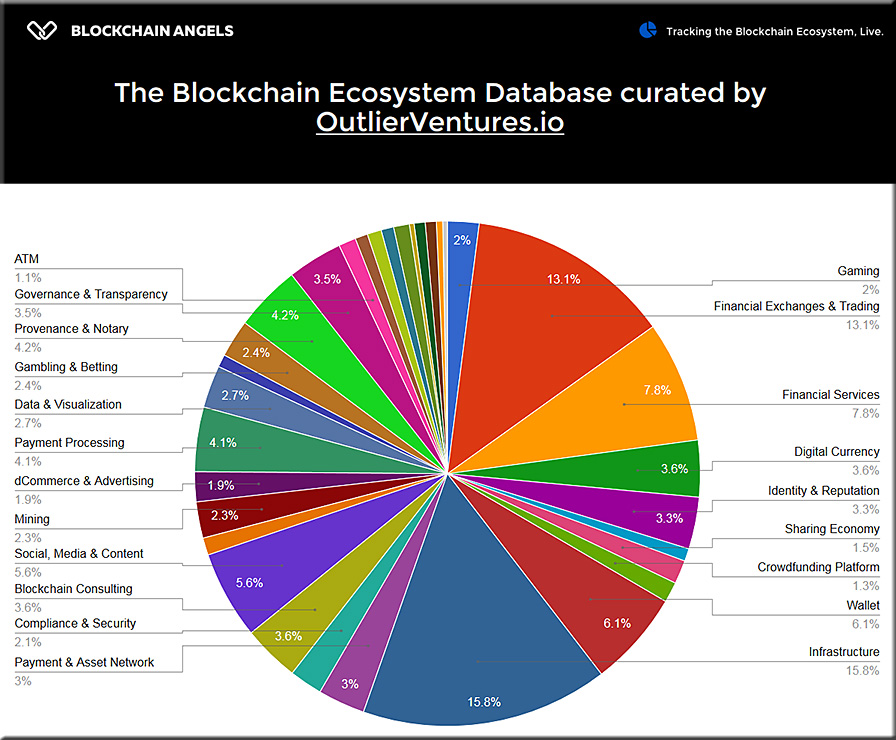
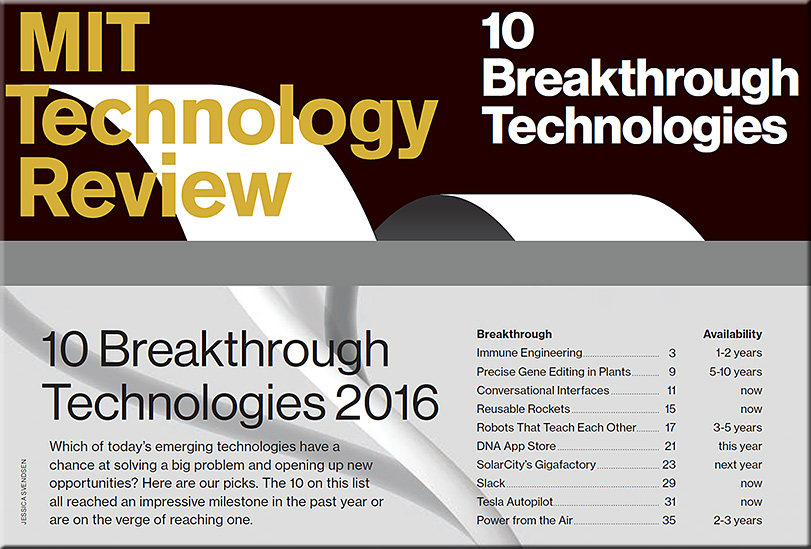


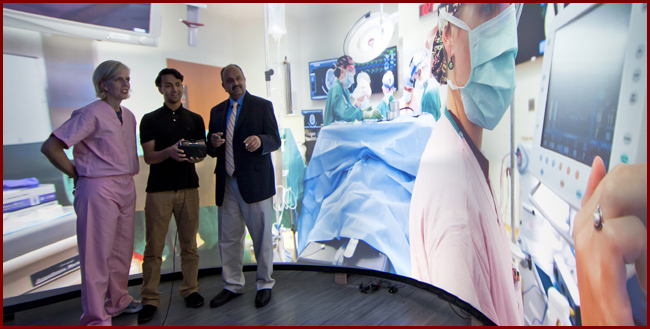
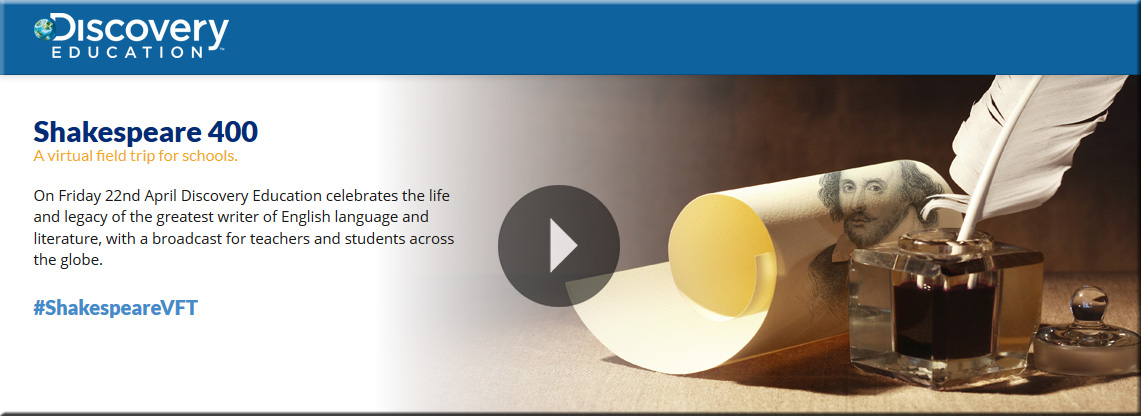
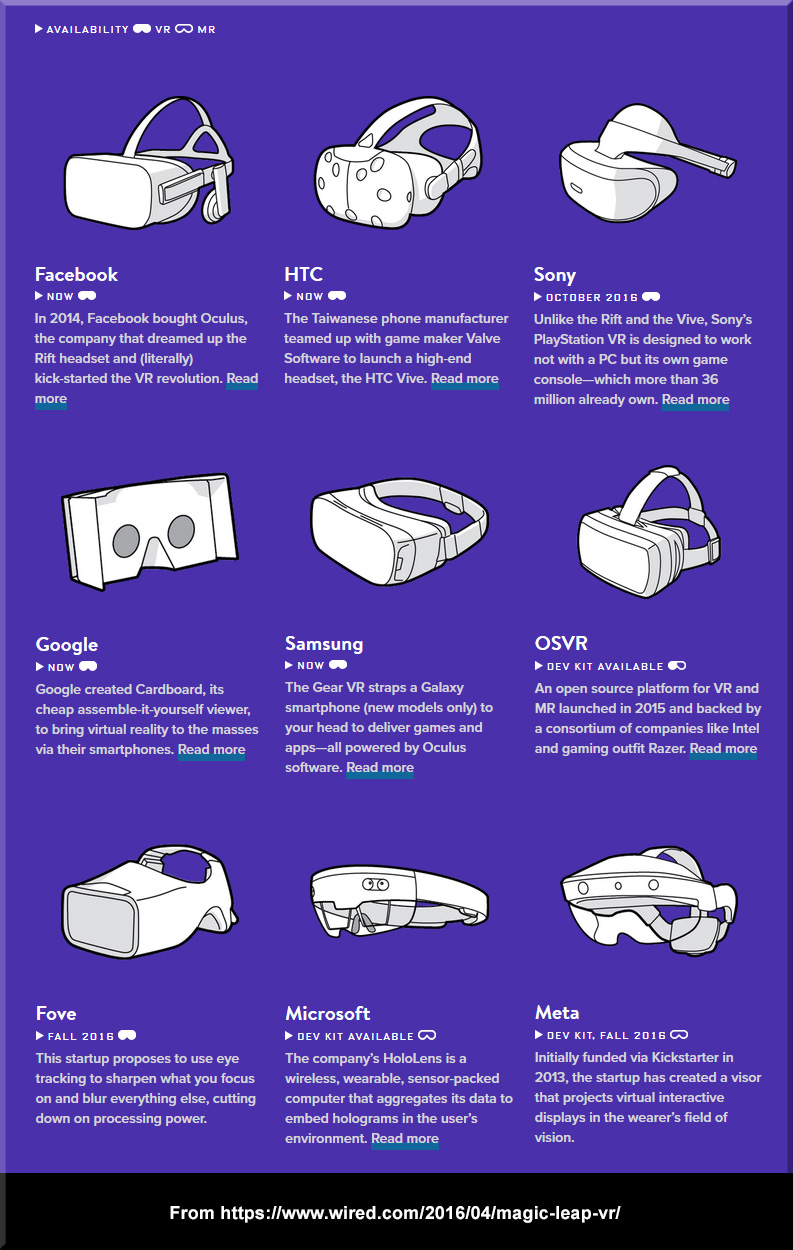

/cdn0.vox-cdn.com/uploads/chorus_asset/file/6296959/AltspaceVR_make_a_VR_call.0.png)

